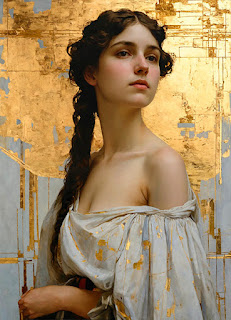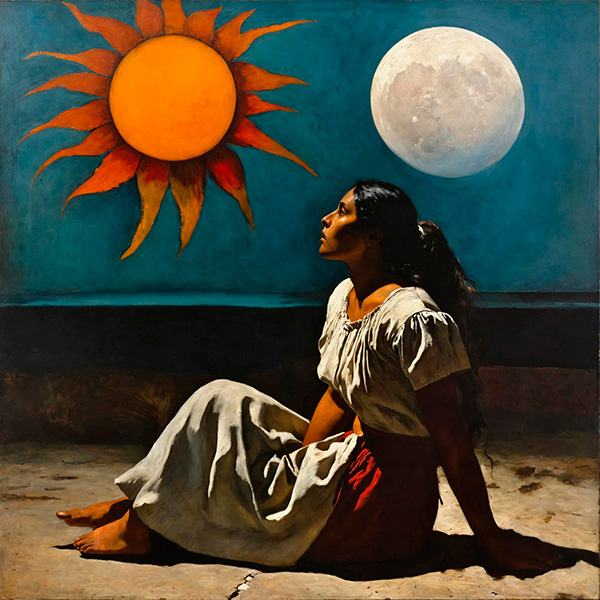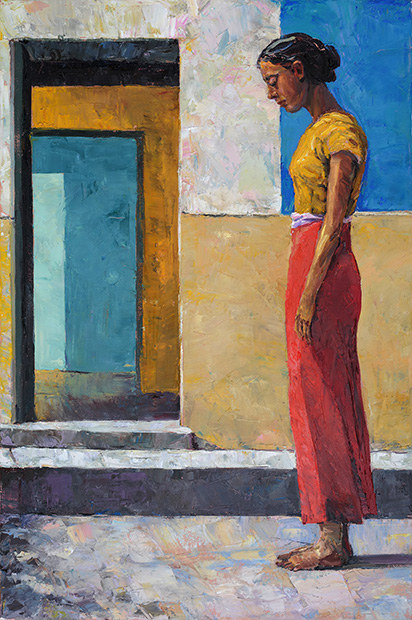 |
| "Hombre Sandía" oil on canvas, 60 x 80 cm, (sold to a collector from California, USA) |
When one of my favored paintings, such as Hombre Sandía, from my Memento Mori series, is sold to an art collector, it feels like both a blessing and a quiet farewell. It’s a joy to know that someone has connected deeply with the work, giving it a new life beyond my walls. Yet, there’s a tinge of remorse, like parting with an old friend who has shared my space, my thoughts, and my journey. It’s bittersweet—an honor to see it cherished, but a reminder that art, once released, belongs to the world as much as to the artist.
 |
| "La Catrina" oil on canvas, 50 x 70 cm |
There’s a comfort in knowing that my work has embarked on its own journey, while I remain in my studio, immersed in the process of creation. The subject evolves, just as I do, taking on new shades, textures, and perspectives. Nothing in art—or life—is truly static. Every goodbye carries the seed of something new, and with each painting, I feel both the familiar and the unexplored unfold before me.
When a cherished painting leaves my hands to find its place in the world, I find myself returning to the canvas with a sense of renewal. The act of parting inspires me to explore the subject again, as if seeking to rediscover the essence of what first moved me. Each brushstroke becomes a conversation—not to recreate what was, but to deepen my understanding of the moment, the feeling, or the vision that sparked it. I made La Catrina to replace Hombre Sandía . . . and recently, Going Home to replace Viaje Final. Like most of the work on the walls of our home, they are for sale if a buyer comes forth. Until then, they are like intimate friends in our immediate surrounding.
 |
| "Going Home" oil on canvas, 100 x 120 cm |
This cycle—of creation, connection, release, and renewal—fuels my artistic spirit. I am assured that the well of inspiration is never dry, only waiting for me to dive deeper. The process itself is a testament to how art transforms.
See a new Steven Boone new website













